Sardinia Island, nestled in the blue waters of the Mediterranean, is a captivating destination offering a unique blend of history and nature. In this island guide, get ready to acquaint yourself with its unparalleled beauty and cultural richness.
Geographically positioned to the west of Italy, near the island of Corsica, Sardinia is accessible mainly by air or sea. The island can be easily reached through flights operating from airports in cities such as Cagliari, Alghero, and Olbia, or via ferry services.
Sardinia has been a crossroads of various civilizations throughout history, from ancient Rome to the Middle Ages, under Arab rule to the Kingdom of Savoy, enriching it with a diverse past. The land is dotted with historical remnants ranging from ancient nuraghe towers to Roman ruins, telling the tales of its rich heritage.
The architectural treasures of Sardinia shed light on the island’s history. The nuraghe towers, Pisan fortresses, Roman amphitheaters, and Gothic churches stand as significant edifices reflecting the island’s past. These structures play a crucial role in preserving Sardinia’s historical and cultural legacy.
But Sardinia’s allure isn’t limited to history and culture; its natural beauty is equally mesmerizing. The island’s coastline, with its turquoise waters and stunning beaches, attracts nature enthusiasts, while its underwater riches are also noteworthy.
This introduction highlights Sardinia Island as a treasure waiting to be explored. In the following sections, we will delve deeper into various aspects of the island, aiming to offer visitors an unforgettable travel experience.
Table of Contents
Where is Sardinia Island?
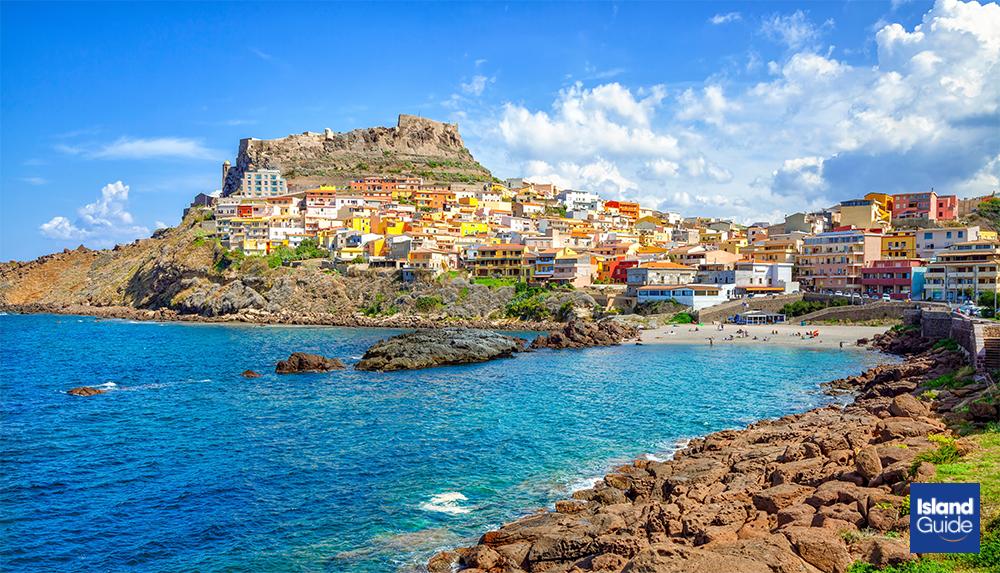
Sardinia Island is like a pearl positioned in the middle of the Mediterranean, to the west of Italy. It is located south of Italy and bordered by the island of Corsica to the northeast. The geographical location of the island allows for access not only by sea from the Italian mainland but also from Corsica.
This mysterious island of the Mediterranean is highlighted by three major cities: Cagliari, Alghero, and Olbia. Cagliari is the capital and largest city of the island. Alghero is known for its historic streets and seaside town atmosphere, while Olbia is notable for its port and historical treasures. These cities offer unique experiences in different regions of the island.
Access to Sardinia is typically via air or sea. Flights operating from airports in Cagliari, Alghero, and Olbia provide quick access to the island. Additionally, ferries from the Italian mainland offer another way to reach the island. These transportation options, available throughout the year, facilitate visitors who wish to explore the beauties of Sardinia.
The geographical location of Sardinia is remarkable as a meeting point of history, culture, and nature. In the following sections of our article, we will delve more deeply into the history, structures, and other interesting aspects of this unique island.
How to Get to Sardinia Island?
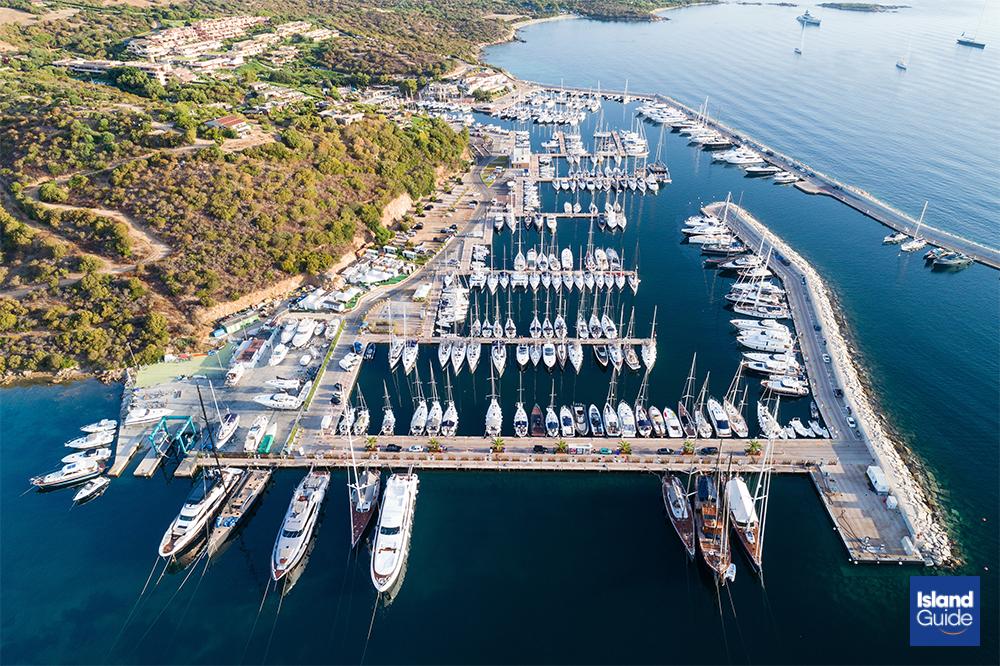
Access to Sardinia Island typically occurs by air or sea, providing visitors who want to explore the unique beauties of the island with various options.
By Air
The fastest way to reach Sardinia Island is usually by air. Airports located in Cagliari, Alghero, and Olbia regularly host flights from various cities in Italy and various points across Europe. These airports facilitate access to different regions of the island. Cagliari Elmas Airport serves the capital city of Cagliari, Alghero Fertilia Airport serves Alghero, and Olbia Costa Smeralda Airport serves Olbia.
By Sea
Access to Sardinia by sea is also quite common. Ferries and high-speed catamarans departing from ports on the Italian mainland provide access to important ports such as Cagliari, Alghero, and Olbia. These ferry and catamaran services are often organized from major Italian cities, especially from ports like Civitavecchia, Genoa, and Livorno. Passengers can enjoy the beauty of Sardinian beaches when they arrive by sea.
Transportation options to Sardinia are available year-round, offering flexibility to visitors. These transportation facilities make it convenient for travelers who want to explore different regions of the island. In the continuation of our article, we will provide more information about the history, cultural heritage, and natural beauty of Sardinia.
The History of Sardinia Island
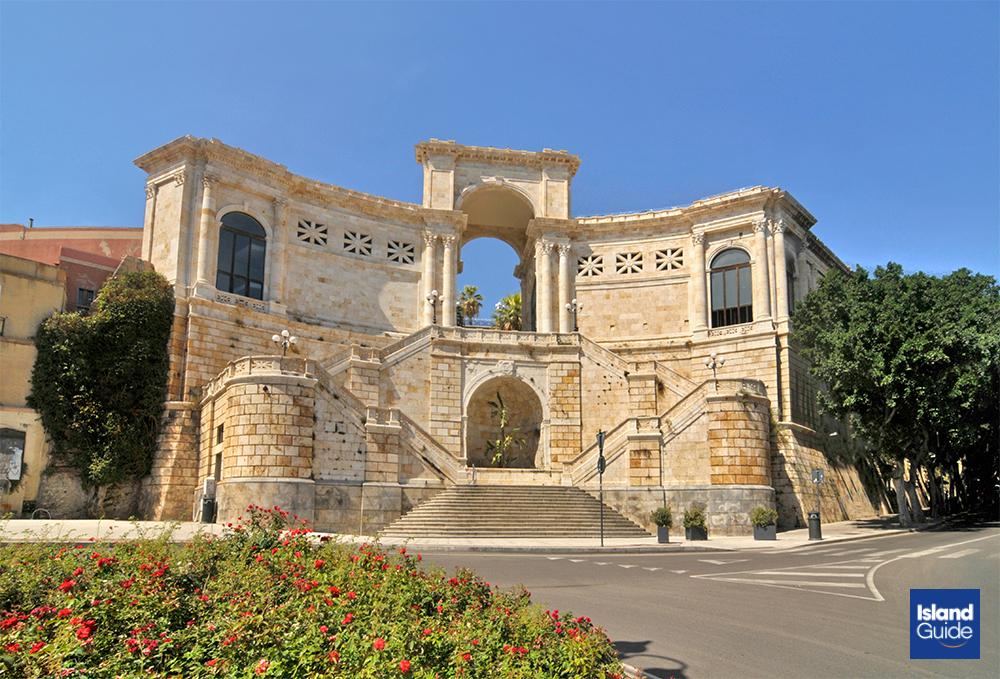
Sardinia Island is like an open-air museum with its rich historical treasures. Its deep-rooted history, spanning from ancient times to the present, has left behind a rich cultural heritage influenced by various civilizations.
Ancient Roman Period
Sardinia, due to its significant strategic location, attracted the attention of the Roman Empire during ancient Roman times. Ruins from the Roman era include ancient cities, temples, and amphitheaters. The interaction during this period led to the discovery of many archaeological sites.
Nuragic Civilization
One of the most remarkable features of Sardinia is its hosting of an ancient civilization known for its unique nuraghi towers, which gave the island its name. These towers are captivating structures built during the Bronze Age. Nuraghi towers can be found in the island’s interior, at the foot of mountains, and in valleys.
Arab and Pisan Rule
In the Middle Ages, Sardinia came under the rule of the Arabs and later the Pisans. During this period, architectural and cultural interactions increased, and many cities and towns became home to relics from this era.
Kingdom of Savoy and Modern Era
In the 18th century, Sardinia came under the control of the Kingdom of Savoy, and it underwent numerous changes throughout the 19th century. During this time, many castles, palaces, and historical buildings were constructed on the island. Sardinia became a part of Italy in 1861 and continued to stand out with its historical riches.
Sardinia Island, with its ancient ruins bearing the traces of different civilizations throughout history, Gothic churches, and historical structures, is a captivating destination. This rich historical heritage offers visitors the opportunity to take a journey through time as they explore the island. In the continuation of our article, we will delve deeper into the historical riches of Sardinia.
What Are the Structures of Sardinia Island?
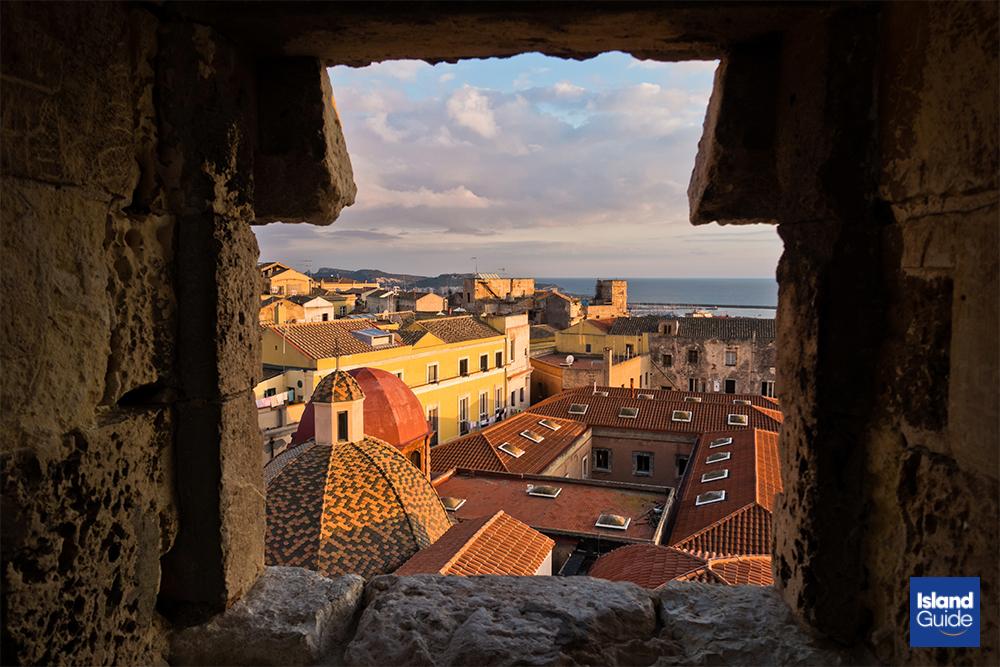
Sardinia Island boasts a rich architectural heritage due to hosting different civilizations throughout its history. The structures found in various regions of the island reflect a wide time span, ranging from ancient times to the modern era.
Nuraghi Towers
One of the most striking architectural features of Sardinia is the nuraghi towers. Dating back to the Bronze Age, these ancient towers typically have a conical shape and are constructed from stone blocks. Nuraghi towers are commonly found in the island’s interior, and these unique structures bear the traces of Sardinia’s ancient civilization.
Castles and Defensive Structures
During the Middle Ages under Arab and Pisan rule, Sardinia hosted a series of castles and defensive structures. These castles, built on strategic locations, reflect the conflicts and interactions of different cultures in the island’s history. Structures like the Pisan Castle in Alghero and the Castello District in Cagliari are significant examples from this period.
Gothic Churches
Sardinia boasts several Gothic churches, especially dating from the Middle Ages. These churches are known for their architectural elegance and historical significance. Buildings like the Santa Maria di Castello Church and Cagliari Cathedral are important works reflecting the island’s religious and cultural heritage.
Roman Ruins
Many remnants from the ancient Roman period showcase the historical richness of Sardinia. Archaeological sites like the Nora Ancient City, Tharros Ancient City, and Su Nuraxi contain significant structures that bear the traces of the Roman Empire.
Savoy Period Structures
During the period of Savoy Kingdom control, Sardinia hosted many palaces and buildings. Particularly, the Savoy Royal Palace in Cagliari is an important architectural example from this era.
The structures of Sardinia Island offer a fascinating experience to visitors, reflecting the island’s complex history and cultural diversity. In the continuation of our article, we will explore Sardinia’s natural beauty and cultural richness in more detail.
Culinary Delights: A Journey through Sardinian Cuisine
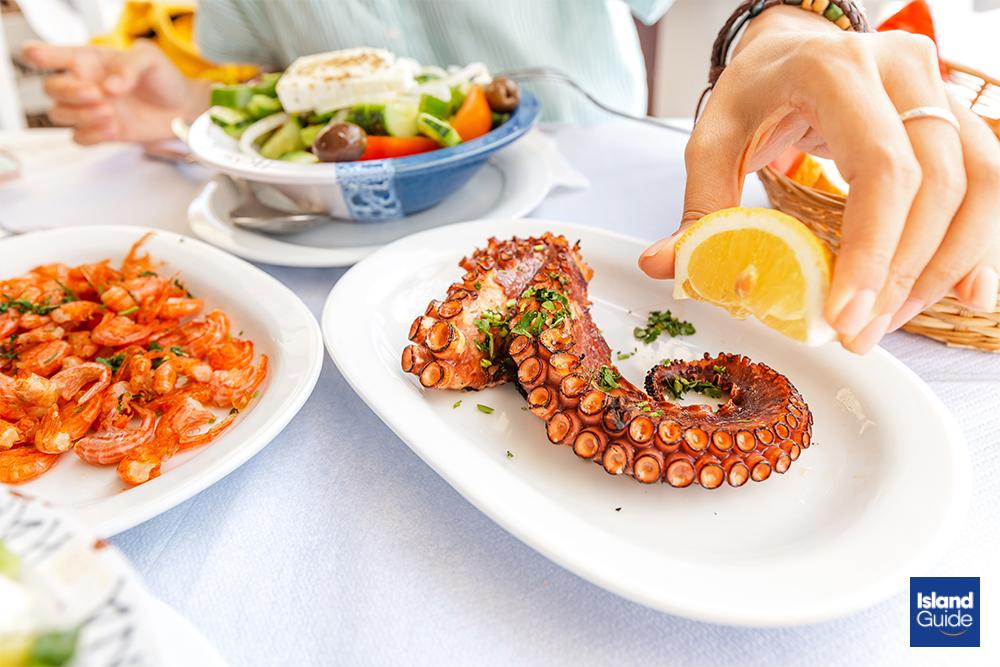
Sardinia Island is famous not only for its historical and natural beauty but also for its unique and delicious cuisine. The island’s rich seafood, original recipes, and dishes prepared with local ingredients offer visitors an unforgettable culinary experience.
Fregula Sarda
Fregula sarda, a staple of Sardinian cuisine, is a type of large-grain pasta. It is often served as a delicious pilaf with seafood, fresh vegetables, and spices.
Culurgione
Culurgiones are one of Sardinia’s traditional pastries. Made with potatoes and fresh cheese, this pastry is prepared by folding it in a special way and is typically served with fresh tomato sauce.
Porceddu
Porceddu, made from Sardinia’s famous lambs, is the island’s traditional meat dish. Lamb is usually slow-cooked over low heat on pine wood and seasoned with special spices before serving.
Pane Carasau
Pane carasau, the thin flatbread of Sardinia, is a commonly consumed food in the daily life of the island. With its crispy and thin texture, this bread is often served alongside meals or with cheese.
Mirto Liqueur
Mirto is a liqueur made from the berries of the myrtle plant, which is abundant throughout Sardinia. This beverage is commonly enjoyed as a delightful drink after meals.
Sebadas
Sebadas is an ideal choice for dessert lovers. This sweet treat is prepared by filling the dough with fresh cheese and is typically served with honey or sweet syrup.
Sardinian cuisine boasts a unique flavor profile through the skillful use of fresh and local ingredients. Visitors can discover the cultural palate of Sardinia by trying these flavors at traditional restaurants on the island. This delicious journey is a perfect opportunity to fully experience the cultural richness of the island.
Conclusion
Sardinia Island is not just a holiday destination, but also a cultural and historical treasure trove, with its rich history, unique natural beauty, and delicious cuisine. In this article, we embarked on a journey that covers the island’s enchanting features.
Sardinia’s geographical location, historical past, and rich cultural heritage make it truly unique. Travel options by air and sea to the island provide visitors with various transportation choices, making it easier for everyone to explore this mysterious island.
Throughout its history, Sardinia has hosted different civilizations, from ancient Roman ruins to nuraghi towers, from Gothic churches to castles from the Arab-Pisan period, it houses various architectural treasures. These structures offer visitors a journey through time by reflecting the island’s complex and rich history.
Sardinia’s natural beauty is famous for its turquoise seas, golden beaches, and breathtaking landscapes. The mountainous areas in the island’s interior provide a peaceful escape with their lush greenery, while the coastal strips attract sun-seekers.
In terms of culinary delights, Sardinia dazzles with dishes prepared using local ingredients and unique recipes. Fregula sarda, culurgiones, porceddu, and other traditional flavors reflect the island’s rich culinary culture.
In conclusion, Sardinia Island is not only a destination for history and nature lovers but also a unique place for those seeking a culinary journey. Visitors to this enchanting island have the opportunity to explore both its historical and natural beauty while experiencing a unique gastronomic adventure. Sardinia is one of the mysterious treasures of the Mediterranean, waiting to be discovered on a journey of exploration.
Frequently Asked Questions
Sardinia is a destination rich in tourism. Cities like Cagliari, Alghero, and Olbia stand out for their historical and cultural richness. Additionally, the island’s coastal areas, beaches, and natural beauty are attractive spots for visitors.
Sardinia has a rich historical past that spans from ancient Rome to the Middle Ages, from Arab and Pisan rule to the Kingdom of Savoy. Ancient artifacts, nuraghi towers, Roman amphitheaters, and many other historical relics can be discovered in various regions of the island.
Sardinian cuisine is famous for its unique flavors. You should try local dishes like fregula sarda, culurgiones, porceddu, and don’t leave without tasting the island’s traditional drink, mirto liqueur.
Sardinia typically offers its most beautiful times during the spring and autumn months, which are May-June and September-October. During these months, the weather is ideal, and tourist crowds are lower. However, the summer months are also preferable for a beach vacation.
If you have more information or specific questions about Sardinia Island, please let us know!




